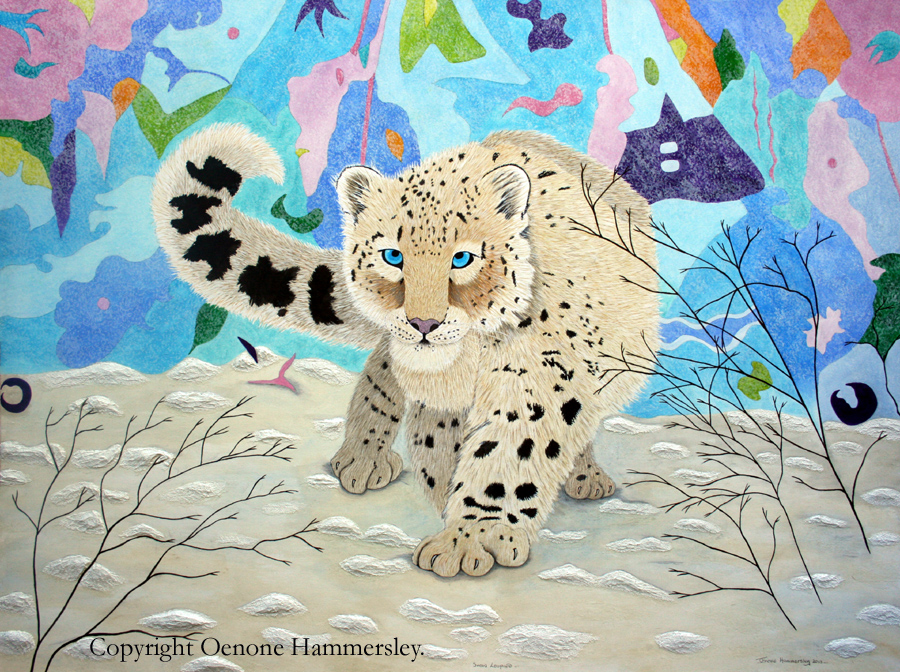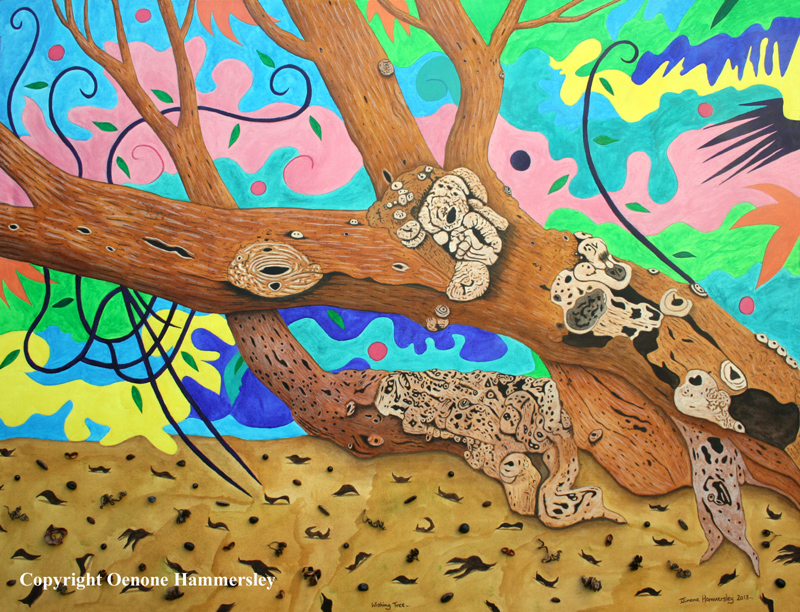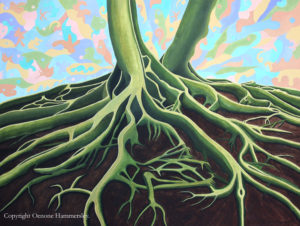As 20,000 government leaders’ journalists, activists and celebrities from around the world descend on Glasgow for the crucial climate summit this month, another equally important environmental conference started this week in China on the rapid collapse of species and systems that collectively sustain life on earth.

The stakes at both meetings are equally high, scientists say, but the biodiversity crisis has received far less attention.
Apart from any moral reasons for humans to care about the other species on earth, there are practical ones. At the most basic level, humans rely on nature for their survival. Nature provides the oxygen we breathe the water we drink and the soil we use to provide food. The ecosystem will stop working if we don’t learn to coexist with nature and stop destroying it.
The average abundance of native species in most major terrestrial biomes has fallen by at least 20 percent since 1900, according to a major report on the worlds biodiversity published by Dr Larigauderie’s panel, the Intergovernmental Science-Policy Platform on Biodiversity and Ecosystem Services. An estimated million species are threatened with extinction.

Climate change is only one driver of biodiversity loss. The major culprit on land is humans destroying habitat through activities like farming, mining and logging. At sea, it’s overfishing. Other causes include pollution and introduced species that drive out native ones. “When you have two concurrent existential crisis, you don’t get to pick only one, you must address both problems at the same time no matter how challenging” says Brian O’Donnell, director of the Campaign for Nature.
One of the plans at the 15th United Nations biodiversity conference is to safeguard at least 30 percent of the planets land and oceans by 2030. Last month nine philanthropic groups donated $5 billion to the effort known as 30 x 30. The hope is that this will be just a step on the way to one day conserving half of the planet for nature.
“This will fail, If this becomes a purely conservation plan for nature. What we need is a plan for nature and people” says Basile Van Havre a leader of one of the conventions working groups.
With the global human population still increasing, scientists say that transformational change is required for the planet to be able to sustain us.
“We actually need to see every human endeavor through the lens of biodiversity and nature” says Dr Larigauderie. “Since everyone depends on nature, everyone is part of the solution”.
For more information on the Biodiversity Crisis visit the New York Times article Friday Oct 15th: https://www.nytimes.com/2021/10/14/climate/un-biodiversity-conference-climate-change.html




